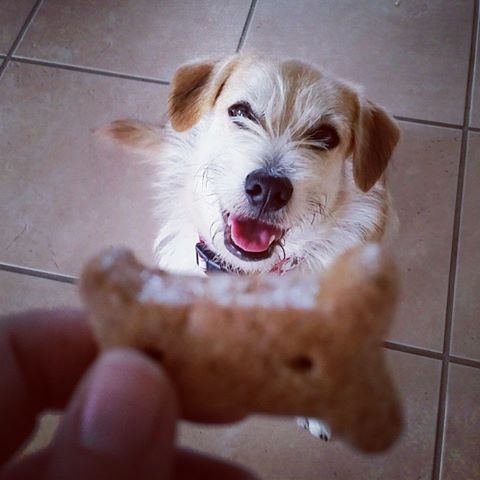Did you know that parrots were the catalyst for me to become interested in training and behaviour? Like most dog owners i “knew” how to train my dog, but when a problem cropped up with any of my pet parrots i would turn to others for advice. This helped me find a whole world of knowledgeable and helpful behaviourists, such as Susan Friedman, Barbara Heidenrich, and Jim McKendry (to name just a few).
One of the biggest factors that affects our success in training any species, but particularly a prey species with a high flight drive, is trust. So why does so much online training advice for parrots focus on the use of pressure and release (or negative reinforcement) and punishment? The use of these training tools wears down the trust our pets (of any species) have in us, and damage our training relationship and success.

Let’s look at a common example, getting a parrot to step up onto your finger or hand. Many online “experts”, or even average Joe who knows a lot about birds, will tell you to teach a parrot to step up you should push into their belly until they lose their balance and step forward. What does this teach your bird about hands? Hint: nothing good! When their parrot then starts to lunge, hiss, or bite the approaching hand we are told “ignore the bite, don’t let him bluff you”. By using pressure to get our pets to behave, we are not giving them the opportunity to express the behaviour we like. When they show us their discomfort in our methods we should show them respect, not continue to pressure them into escalating their body language.
Many people will tell you that being bitten is part of owning a parrot, but this is simply not the case! If we choose to train with respect and give our parrots control over their behaviour we will achieve our goals much more quickly and without the bloodshed.
Our macaw is a great example of the benefits of reward based training. He was 9 months old when we purchased him, and had not been handled since weaning. He was scared of people, and hands. We were no sooner going to get near enough to him to press into his belly than we were going to leave our hand there to “take the bite”. Besides, we respected him too much to put him through that.

By building positive associations with ourselves and our hands (using favourite treats) Elmo quickly became interested in interacting with us, and so we were able to encourage him to move towards and eventually onto our hands. He was always free to move away again if he became unsure, and because of this his confidence in us grew quickly.
This is the approach we encourage people to take with any animal, but with the masses of advice online we feel this is especially important for parrot owners to understand. Parrots are highly intelligent, from the smallest budgie to the biggest macaw, and they deserve better than being pushed around. If you are having trouble with your pet parrot, or would simply like to learn a more parrot-friendly way to interact with them, get in touch. Train smart, not tough!


